1. Baugh D, Wallace J. The role of apical instrumentation in root canal treatment: A review of the literature. J Endod. 31(5):333–340. 2005.

2. Grossman LI. Endodontic practice. 7th ed.Philadelphia: Lea & Febiger;1970.
3. Schilder H. Cleaning and shaping the root canal. Dent Clin North Am. 18(2):269–290. 1974.
4. Wu MK, Wesselink PR. A primary observation on the preparation and obturation of oval canals. Int Endod J. 34(2):137–141. 2001.

5. Peters OA. Current challenges and concepts in the preparation of root canal systems: a review. J Endod. 30(8):559–567. 2004.

6. Wu MK, van der Sluis LWM, Wesselink PR. The capability of two hand instrumentation techniques to remove the inner layer of dentin in oval canals. Int Endod J. 36(3):218–224. 2003.
7. Meyer BE, Peters OA, Barbakow F. Effects of rotary instruments and ultrasonic irrigation on debris and smear layer score: a scanning electron microscopic study. Int Endod J. 35(7):582–589. 2002.
8. Teixeira FB, Sano CL, Gomes BPFA, Zaia AA, Ferraz CCR, Souza Filho FJ. A preliminary in vitro study of the incidence and position of the root canal isthmus in maxillary and mandibular first molars. Int Endod J. 36(4):276–280. 2003.
9. Hwang HK, Bae SC, Cho YL. The irrigating effect before and after coronal flaring. J Kor Acad Cons Dent. 28(1):72–79. 2003.

10. Cunningham WT, Martin H, Forrest WR. Evaluation of root canal debridement by the endosonic ultrasonic synergistic system. Oral Surg Oral Med Oral Pathol. 53(5):401–404. 1982.
11. Walters MJ, Baumgatner JC, Marshall JG. Efficacy of irrigation with rotary instrumentation. J Endod. 28(12):837–839. 2002.

12. Lee SJ, Wu MK, Wesselink PR. The efficacy of ultrasonic irrigation to remove artificially placed dentin debris from different sized simulated plastic root canals. Int Endod J. 37(9):607–612. 2004.
13. Lee SJ, Wu MK, Wesselink PR. The ability of using syringe irrigation and ultrasound irrigation to remove dentin debris from simulated extensions and irregularities in root canals. J Kor Acad Cons Dent. 28(3):289. 2003.
14. Cunningham WT, Martin H. A scanning electron microscope evaluation of root canal debridement with the endosonic ultrasonic synergistic system. Oral Surg Oral Med Oral Pathol. 53(5):527–531. 1982.
15. Lumley PJ, Walmsley AD, Walton RE, Rippin JW. Cleaning oval canals using ultrasonic and sonic instrumentation. J Endod. 19(9):453–457. 1993.
16. Lee SJ, Wu MK, Wesselink PR. The effectiveness of syringe irrigation and ultrasonics to remove debris from simulated irregularities within prepared root canal walls. Int Endod J. 37(10):672–678. 2004.

17. Goodman A, Reader A, Beck M, Melfi R, Meyers W. An in vitro comparison of the efficacy of the step-back technique versus a step-back/ultrasonic technique in human mandibular molars. J Endod. 11(6):249–256. 1985.

18. Haidet J, Reader A, Beck M, Meyers W. An in vivo comparison of the step-back technique versus a step-back/ultrasonic technique in human mandibular molars. J Endod. 15(5):195–199. 1989.

19. Archer R, Reader A, Nist R, Beck M, Meyers W. An in vivo evaluation of the efficacy of ultrasound after step-back preparation in mandibular molars. J Endod. 18(11):549–552. 1992.

20. Gutarts R, Nusstein J, Reader A, Beck M. In vivo debridement efficacy of ultrasonic irrigation following hand-rotary instrumentation in human mandibular molars. J Endod. 31(3):166–170. 2005.

21. Schneider SW. A comparison of canal preparations in straight and curved root canals. Oral Surg Oral Med Oral Pathol. 32(2):271–275. 1971.

22. Weller NR, Niemczyk SP, Kim S. Incidence and position of the canal isthmus. Part 1. Mesiobuccal root of maxillary first molar. J Endod. 21(7):380–383. 1995.
23. Hwang HK, Shin YG. The effectiveness of obturating techniques in sealing isthmuses. J Kor Acad Cons Dent. 26(6):499–506. 2001.
24. Hsu Y, Kim S. The resected root surface: the issue of canal isthmuses. Dent Clin North Am. 41(3):529–540. 1997.
25. Nair PNR. Pathogenesis of apical periodontitis and the causes of endodontic failures. Crit Rev Oral Biol Med. 15(6):348–381. 2004.

26. Mannocci F, Peru M, Sherriff M, Cook R, Pitt Ford TR. The isthmuses of the mesial root of mandibular molars: a micro-computered tomographic study. Int Endod J. 38(8):558–563. 2005.
27. Ram Z. Effectiveness of root canal irrigation. Oral Surg Oral Med Oral Pathol. 44(2):306–312. 1977.

28. Weller RN, Brady JM, Bernier WE. Efficacy of ultrasonic cleaning. J Endod. 6(9):740–743. 1980.

29. Ahmad M, Pitt Ford TR, Crum LA. Ultrasonic debridement of root canals: acoustic streaming and its possible role. J Endod. 13(10):490–499. 1987.

30. van der Sluis LWM, Versluis M, Wu MK, Wesselink PR. Passive ultrasonic irrigation of the root canal: a review of the literature. Int Endod J. 40(6):415–426. 2007.

31. Moorer WR, Wesselink PR. Factors promoting the tissue dissolving capacity of sodium hypochlorite. Int Endod J. 15(4):187–196. 1982.
32. Hulsmann M, Hahn W. Complications during root canal irrigation - literature review and case reports. Int Endod J. 33(3):186–193. 2000.

33. Gernhardt CR, Eppendorf K, Kozlowski A, Brandt M. Toxicity of concentrated sodium hypochlorite used as endodontic irrigant. Int Endod J. 37(4):272–280. 2004.
34. Hauser V, Braun A Frentzen. Penetration depth of a dye marker into dentine using a novel hydrodynamic system (RinsEndo). Int Endod J. 40(8):644–652. 2007.

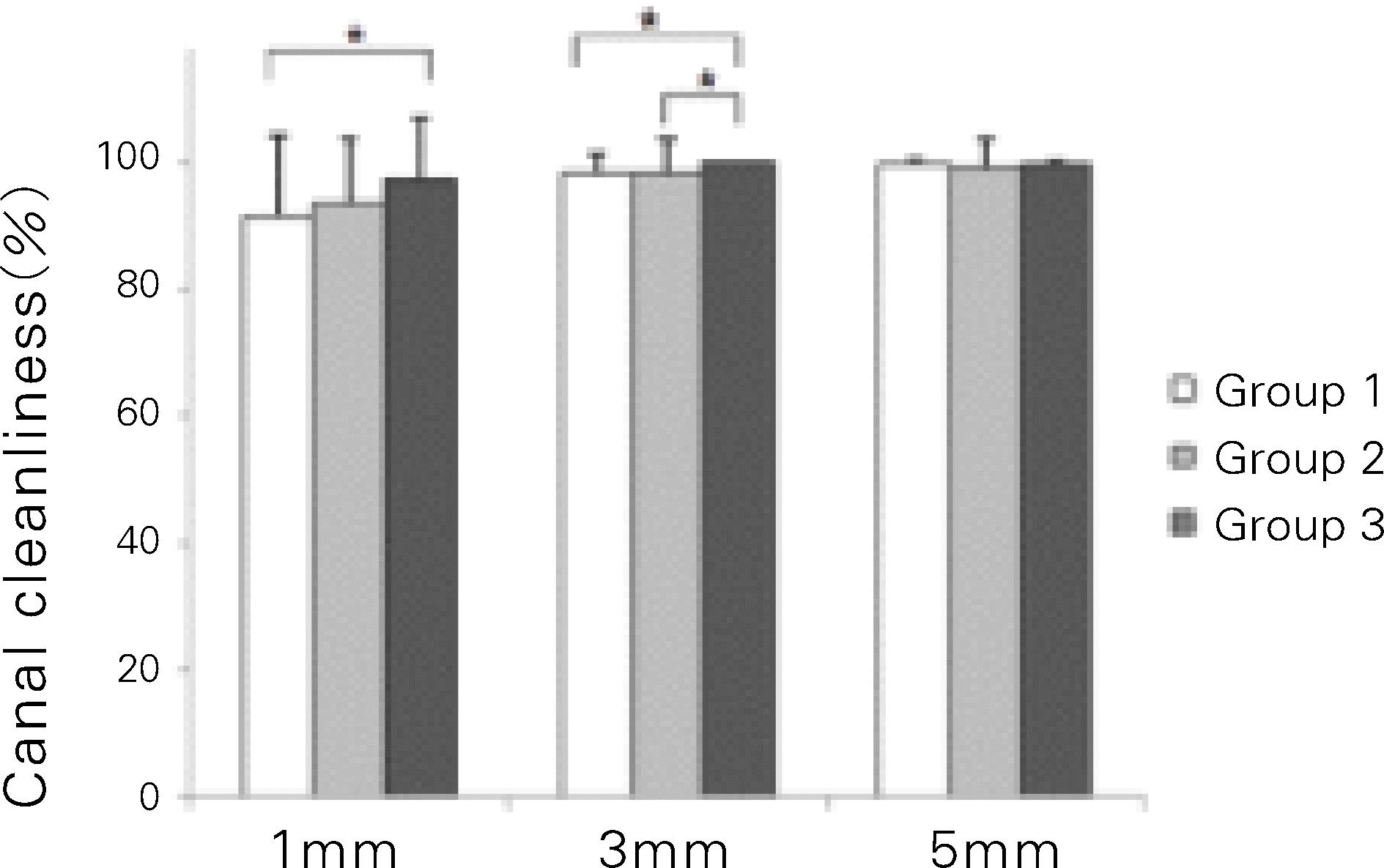
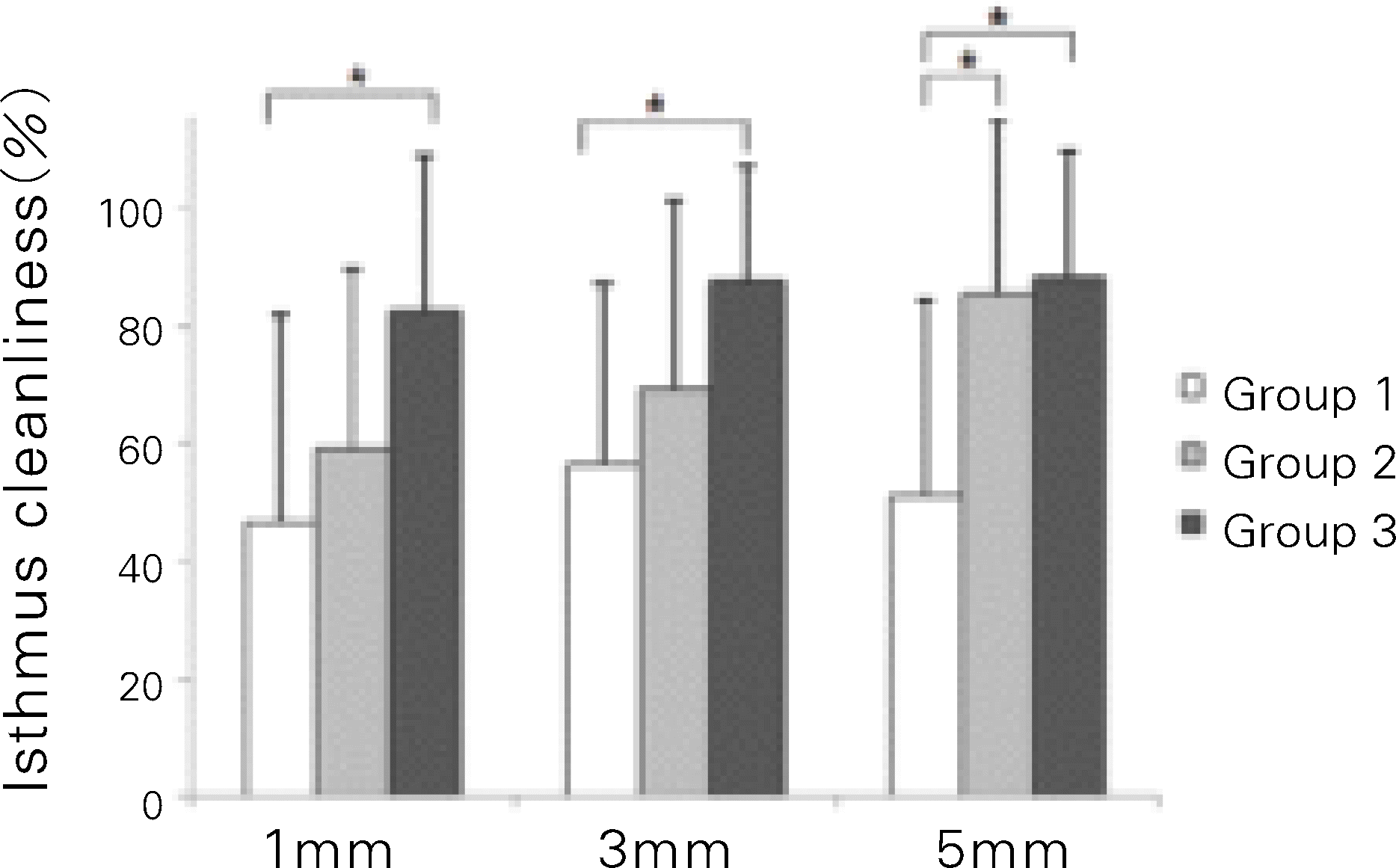
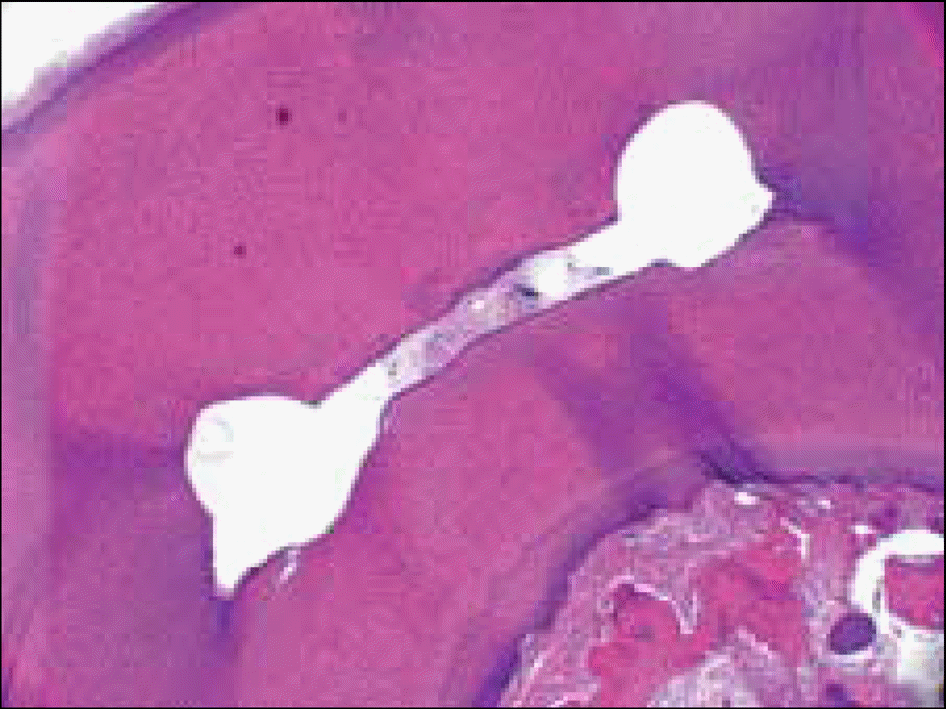
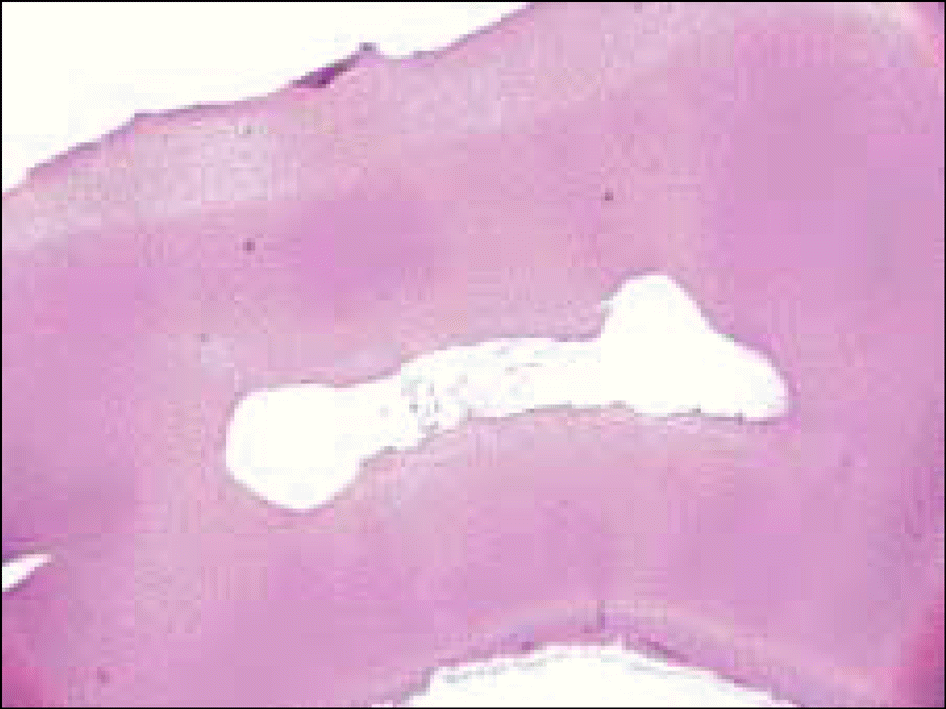
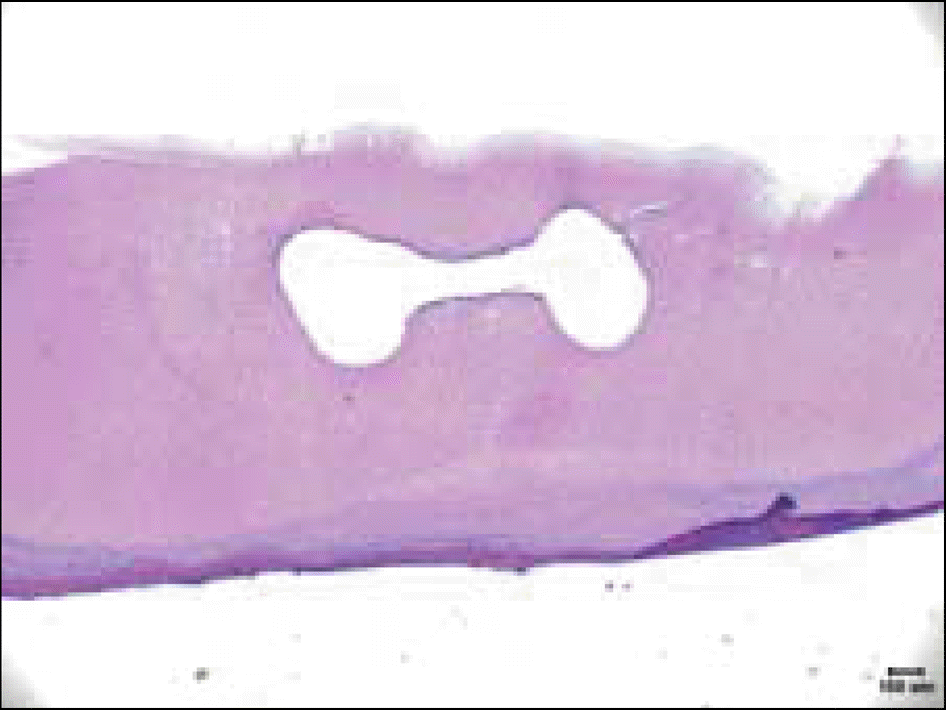




 PDF
PDF ePub
ePub Citation
Citation Print
Print


 XML Download
XML Download